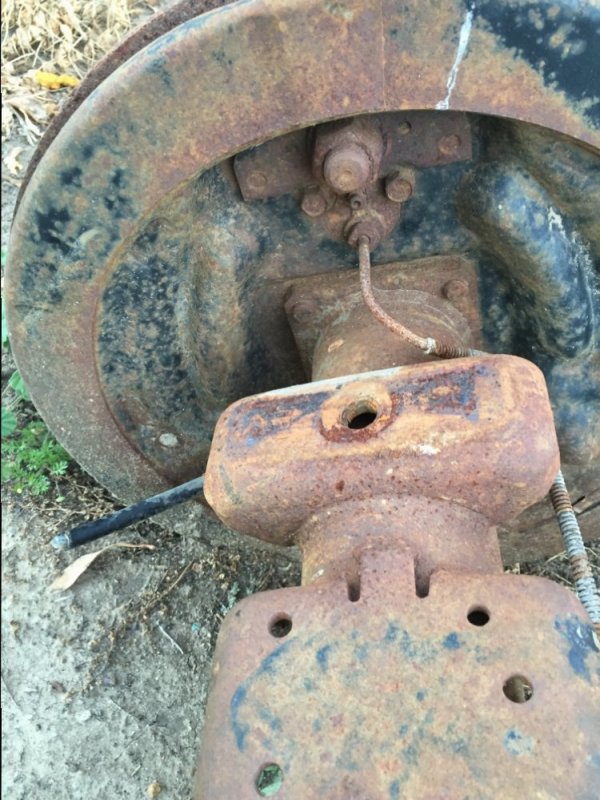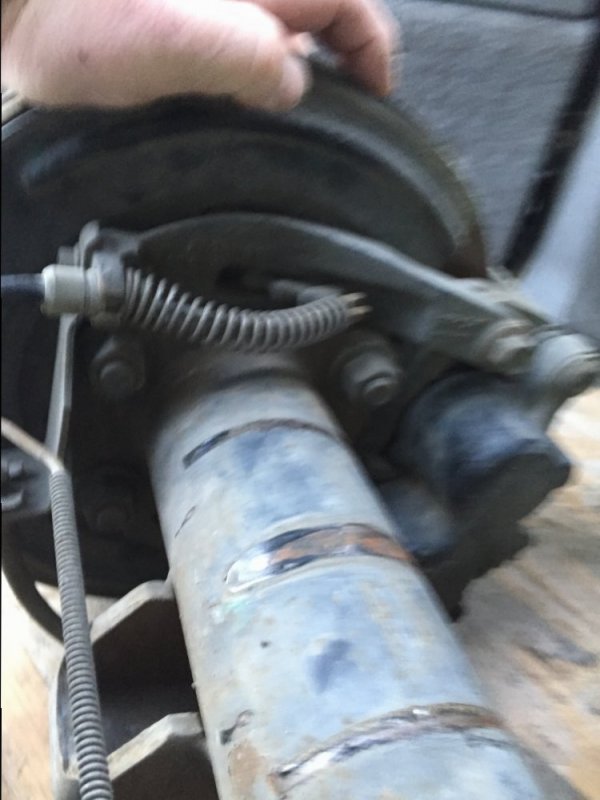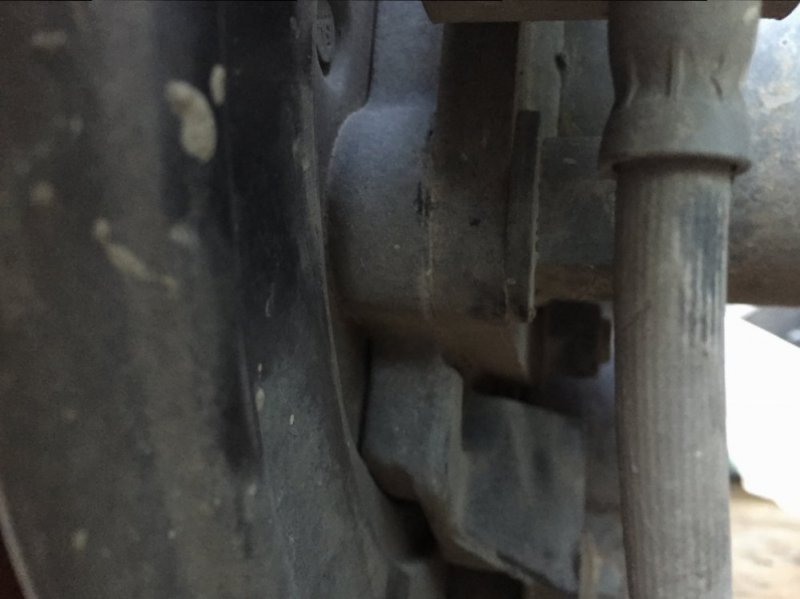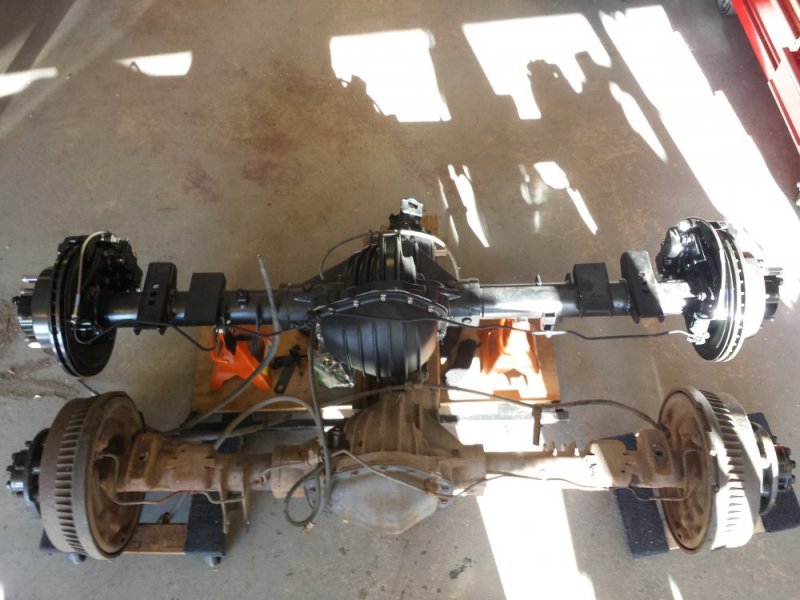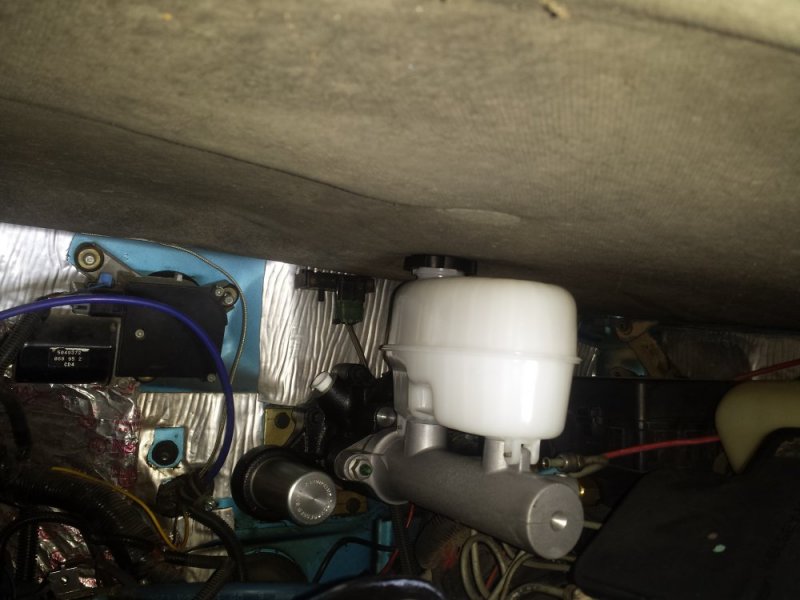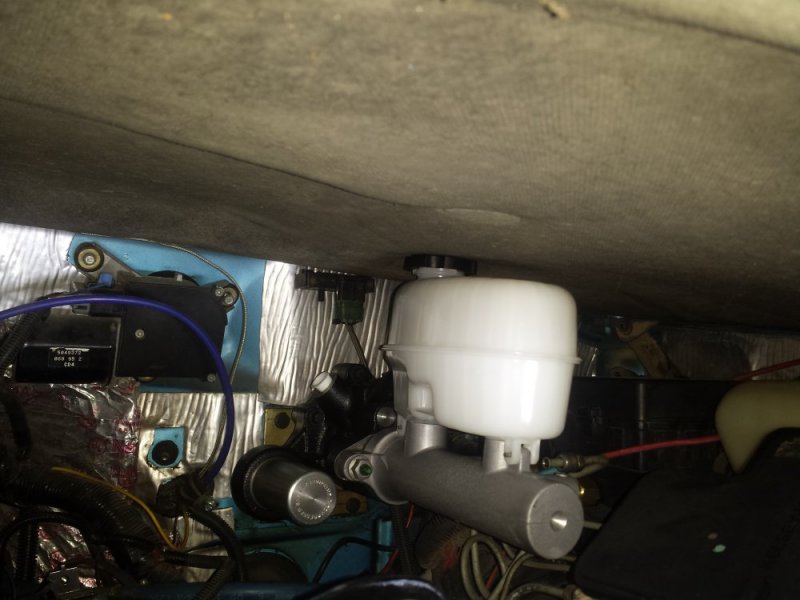JayTheCPA
Well-Known Member
The spacers are not absolutely necessary. Toward their benefit, they do help improve handling by making the front and rear stances are equal.
In the GMT400, the front axle is 4" wider as compared to the OE rear width. So from a GMT400 perspective, by adding 2" a spacer to each of the rear wheels, it places the front and rear tires on the same place on the road. Not a big deal for concrete highways, but definitely a noticeable difference on blacktop with any depth of rut. Also helps from the perspective of widening the rear.
Seeing as the GMT800 axle is 2.5" wider than the GMT400, that should still leave the front axle 1.5" wider overall.
So, with the axle swap where the end result is the GMT800 axle in your Burb, this should leave the front still wider than the rear by 1.5". Your call as to whether adding spacers (in the rear) is necessary. Personally, I'd drive the GMT800 axle for a bit and then decide whether to add spacers (if they are made that small) to get an equal stance.
If the final decision is to keep the GMT400 axle and swap brake parts, if the budget allows, consider getting 2" spacers as they do help stabilize the ride and handling.
In the GMT400, the front axle is 4" wider as compared to the OE rear width. So from a GMT400 perspective, by adding 2" a spacer to each of the rear wheels, it places the front and rear tires on the same place on the road. Not a big deal for concrete highways, but definitely a noticeable difference on blacktop with any depth of rut. Also helps from the perspective of widening the rear.
Seeing as the GMT800 axle is 2.5" wider than the GMT400, that should still leave the front axle 1.5" wider overall.
So, with the axle swap where the end result is the GMT800 axle in your Burb, this should leave the front still wider than the rear by 1.5". Your call as to whether adding spacers (in the rear) is necessary. Personally, I'd drive the GMT800 axle for a bit and then decide whether to add spacers (if they are made that small) to get an equal stance.
If the final decision is to keep the GMT400 axle and swap brake parts, if the budget allows, consider getting 2" spacers as they do help stabilize the ride and handling.

